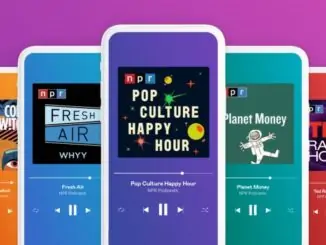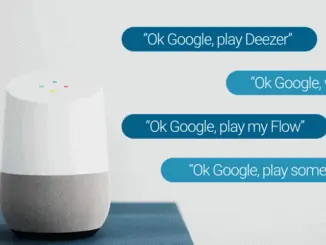
There are five hurdles to HiRes audio adoption according to a recent report by Futuresource Consulting entitled ‘Perspective on HiResolution Audio’. HiRes audio has been around for over 15 years yet despite the availability of affordable recording equipment enabling artists to produce music in HiRes and more audio devices capable of higher quality playback there remain five hurdles to overcome before HiRes reaches the mass market.
Limited content library
Music content delivered in HiRes to streaming services is not that common. With the exception of the three major record companies (Universal, Warner, Sony) and a few independent labels, the majority of the content delivered to streaming services in 2020 is in CD Quality (16-bit) and not HiRes (24-bit). As a result, the current size of the HiRes music catalogue is under 3 million songs on most HiRes streaming services as opposed to over 60 million on mainstream streaming platforms. This is mainly due to the fact that HiRes is currently not supported by the two leading streaming players, Spotify and Apple Music, which doesn’t incentivise artists to deliver their content in higher resolution than CD quality. Spotify trialled a CD Quality service a couple of years ago but decided against rolling it out to all its users.
HiRes is not yet the standard delivery format for the music industry
Independents artists and self-served distribution platforms such as SoundCloud enable music production and marketing outside of the conventional record industry. The result is that most artists will stick to CD quality, as it is the most widespread and convenient audio resolution and the current standard within the music industry.
Limited support from mainstream streaming services
The uptake of HiRes audio is heavily dependent on its availability and support by streaming services. While mainstream services have been historically reluctant to offer HiRes, especially in the case of Spotify, the market is changing and improved internet connectivity via fibre broadband and 5G is making HiRes easier to stream. Moreover, with competition intensifying between services, offering improved listening experiences could help streaming platforms to differentiate. Amazon launched Amazon Music HD, to position itself within this segment as well as drive sales for its high-end smart speaker the Echo Studio. This strategy could easily be replicated by Apple.
In a recent consumer survey from Futuresource it found that over 40% of the streaming users interviewed want better audio quality from their streaming service. It was by far the feature that gathered the most interest and demonstrates that there is a desire from consumers to stream music in higher resolution.
HiRes streaming subscriptions still too expensive
The price of HiRes subscriptions also appears to be one of the factors that is currently preventing HiRes from truly taking off. While most HiRes services have aligned their prices since the launch of Amazon Music HD to £/$14.99/month as opposed to previously £/$19.99/month, even at £/$4.99/month more compared to a standard subscription, it remains too expensive for most consumers, especially considering the limited size of the HiRes catalogue currently available.
Installed base of HiRes capable devices remains small
Support by audio manufacturers has been primarily focused on the higher-end of the market, which makes the number of HiRes capable devices which appeal to mainstream audiences relatively limited. HiRes compatibility is nevertheless slowly filtering through the mass-market, with companies such as Amazon, Sonos and other audio manufacturers making HiRes capable devices more accessible.




